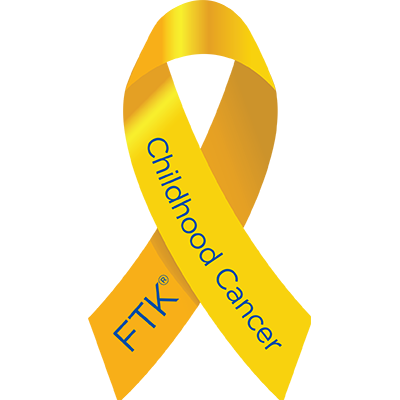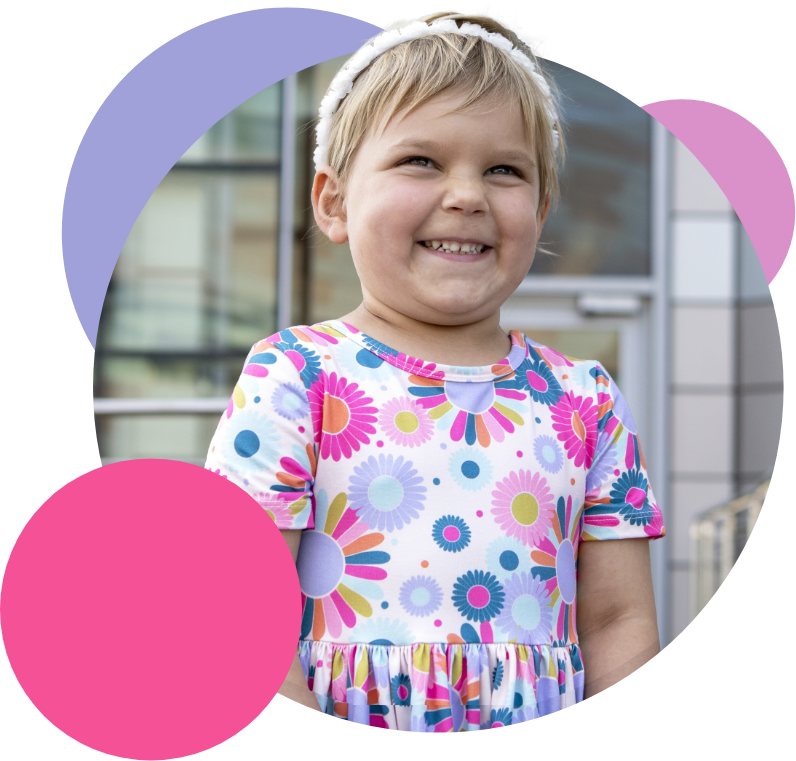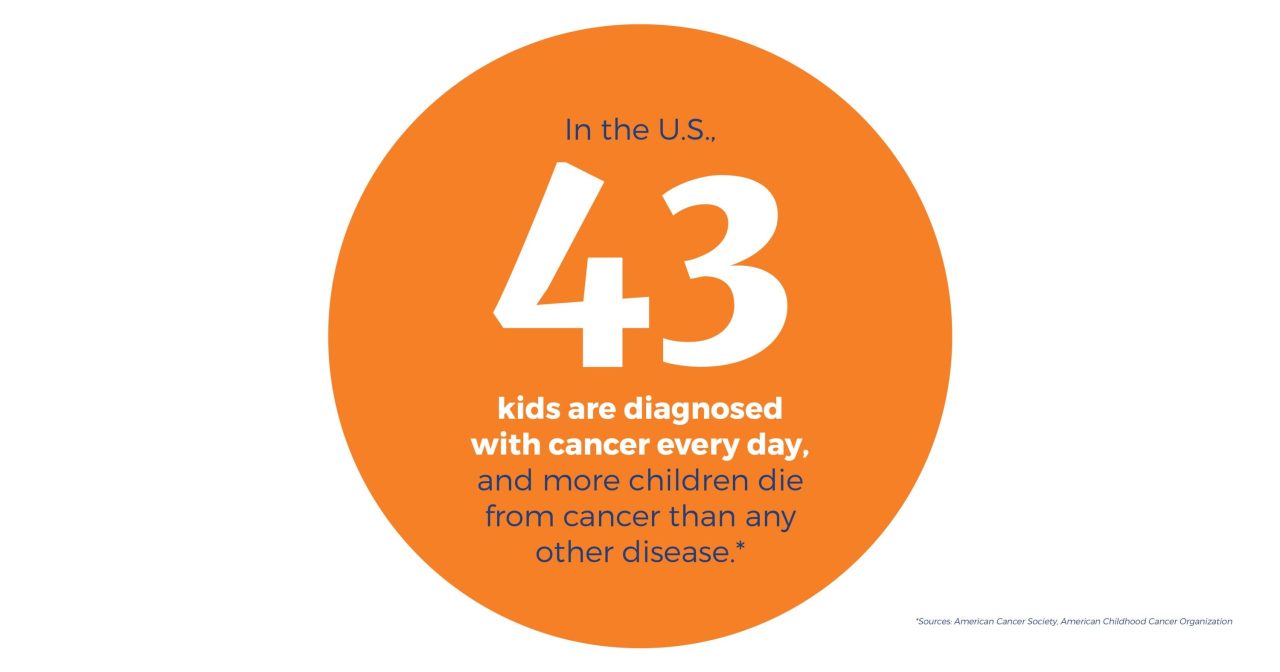
 Childhood Cancer Awareness Month is recognized every September by families, caregivers, researchers and charities around the world to honor children who have fought and are still fighting pediatric cancer. A Presidential Proclamation recognizing National Childhood Cancer Awareness Month was first issued by President Barack Obama in September 2012.
Childhood Cancer Awareness Month is recognized every September by families, caregivers, researchers and charities around the world to honor children who have fought and are still fighting pediatric cancer. A Presidential Proclamation recognizing National Childhood Cancer Awareness Month was first issued by President Barack Obama in September 2012.

The gold ribbon is the international symbol for childhood cancer.
Many individuals will wear gold or a gold ribbon during the month of September to help raise awareness for pediatric cancer and honor or memorialize the children who have fought this disease.

Sign Up to Play For The Kids and help kids like Adley conquer childhood cancer.
HELP KIDS LIKE ADLEY TODAY
Whether you are looking to spread the word about the importance of cancer research or you want to participate in an event supporting kids fighting cancer, there are many fundraising activities that you can be a part of to help kids in your community and around the world.
I have joined Four Diamonds in the fight to conquer childhood cancer. Learn more at FourDiamonds.org to donate and get involved. #GoGoldFTK
Did you know that in the U.S., more than 16,000 children are diagnosed with cancer each year? That’s one child every 33 minutes. Four Diamonds is working to help all children survive and thrive. Learn more at FourDiamonds.org #GoGoldFTK
Thanks to research, there are more than 500,000 childhood cancer survivors in the U.S. #GoGoldFTK
Research saves lives, and Four Diamonds is leading the discovery of new and improved treatments and cures for kids around the world. #GoGoldFTK
Mini-THONs engage K-12 students in the powerful movement to conquer childhood cancer. Mini-THONs bring the entire school community together and teach students teamwork, leadership and creativity while empowering youth and young adults through philanthropy and community service. Like THON™, Mini-THONs hold year-round fundraising activities that support Four Diamonds and the families we serve by funding world-class medical care and life-saving cancer research.
To start a Mini-THON or participate in your school’s Mini-THON events, learn more and find your local Mini-THON school.
Treatment outcomes for children with cancer have made tremendous improvements over the past 50 years, but the reality is one in five children with cancer will still die of their disease within five years.* Four Diamonds is on a mission to change this reality. Thanks to your support, our researchers are leading the search for innovative cancer treatments and working with national consortiums to help improve survival rates. You can help more children and families fighting cancer by raising awareness and taking action For The Kids®.

Every two minutes, somewhere in the world a family hears the devastating words “your child has cancer.”
Cells become cancer cells because of damage to DNA. DNA is in every cell and directs all its actions.

In a normal cell, when DNA is damaged the cell either repairs the damage or the cell dies. In cancer cells, the damaged DNA is not repaired, but the cell doesn’t die like it should. Instead, this cell goes on making new cells that the body does not need. These new cells will all have the same damaged DNA as the first cell does.
Cancer can begin when cells grow out of control. Cells in nearly any part of the body can become cancer and can spread to other areas of the body.
The types of cancers that develop in children are often different from the types that develop in adults. Childhood cancers are often the result of DNA changes in cells that take place very early in life, sometimes even before birth. Unlike many cancers in adults, childhood cancers are not strongly linked to lifestyle or environmental risk factors.
Cancers in children are different from cancers in adults, and the tolerance to treatments is also different.
Sources: www.cancer.gov; www.cancer.gov / Cancer / Cancer-In-Children; www.acco.org
Learn more about the Four Diamonds Childhood Cancer Innovation Initiative.
